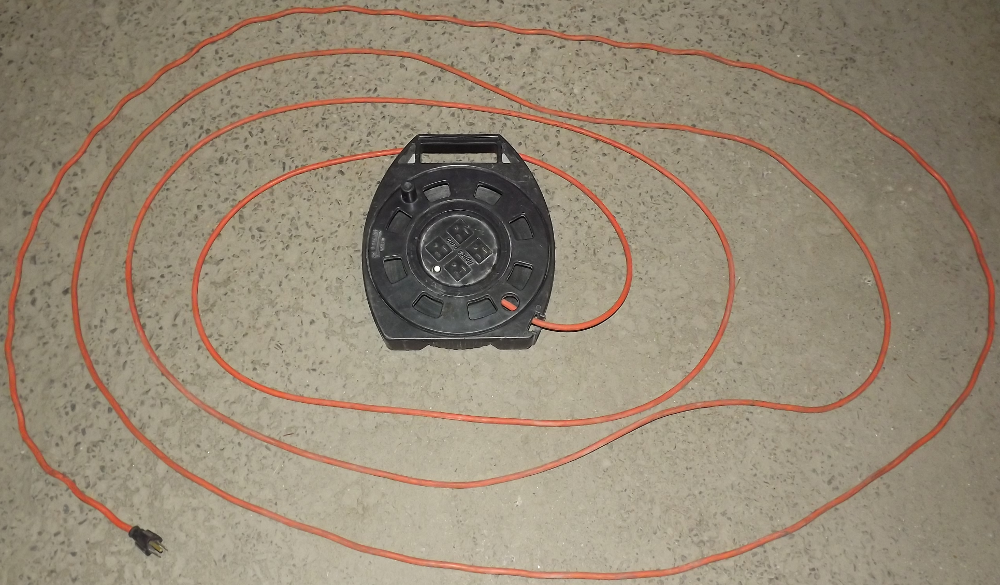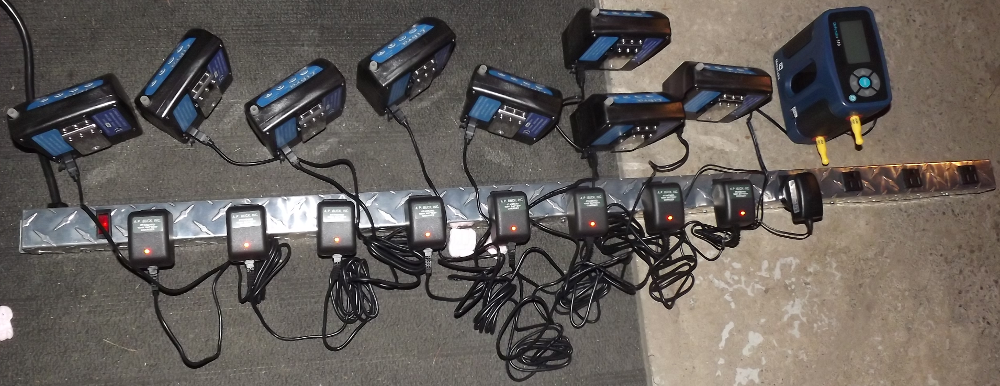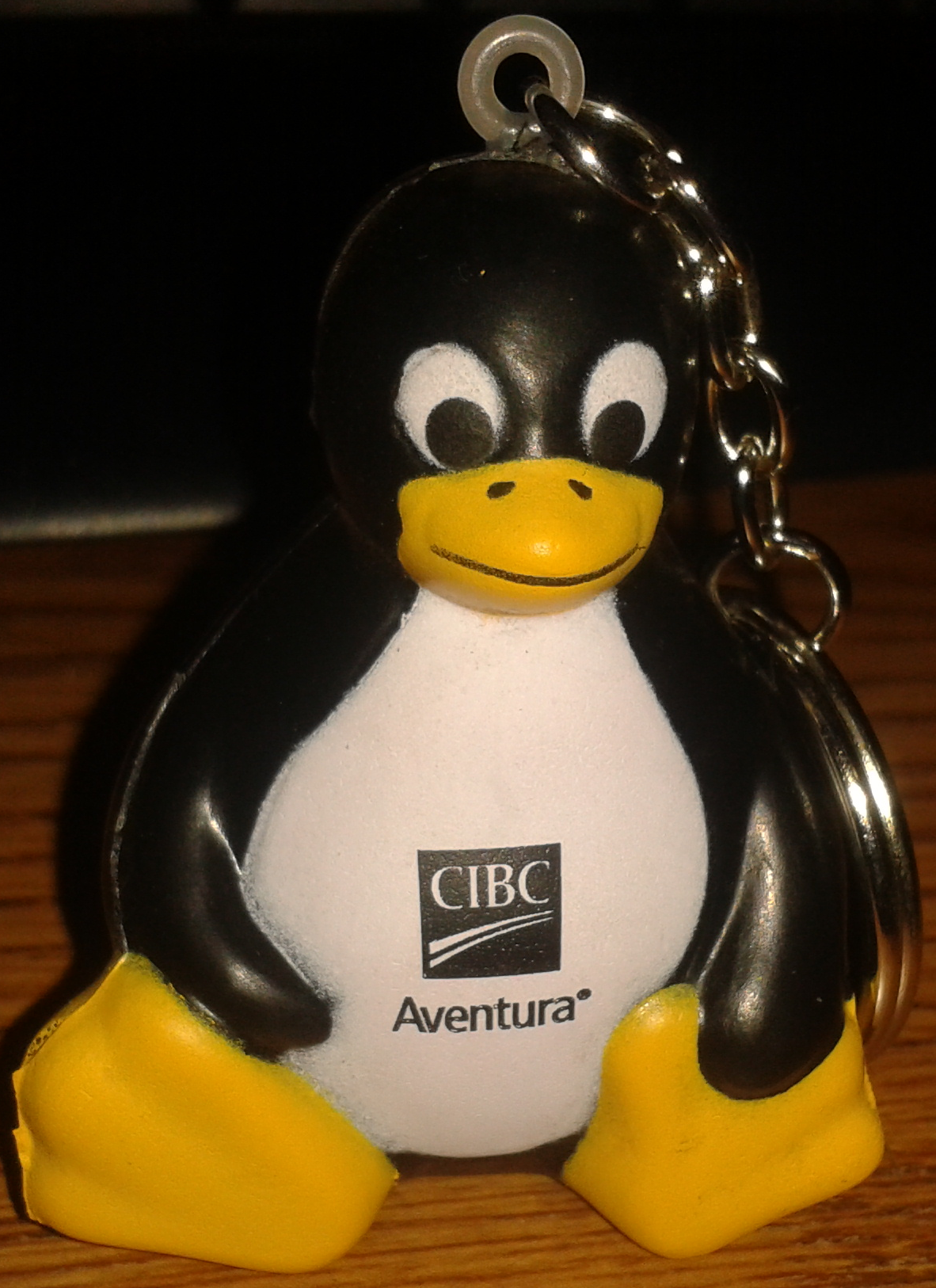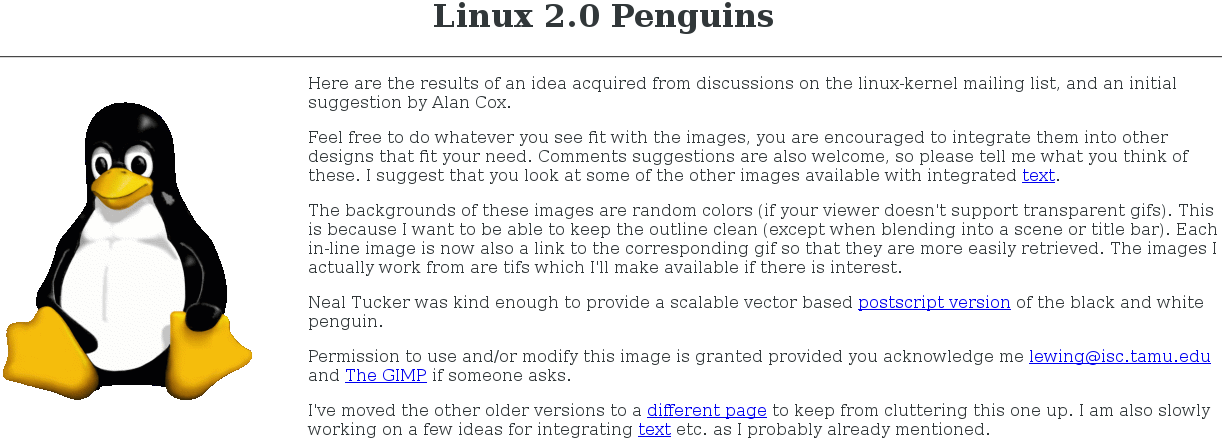Well, well, Fedora 21 Workstation came out in early December, 2014 to (at least my) great anticipation. It works great, and it’s a nice evolution in the Fedora desktop.
Initially, one of the biggest things that had me confused about it was wrapping my head around the hoopla: What’s the improvement? What’s the big deal? What has really come about to fill up the time between the release of Fedora 20 in December, 2013, and the release of Fedora 21 in December, 2014? Ok, tell me. “Uhhhh …” And so on.
Eventually I understood, or at least presumed, rightly or wrongly, that the biggest improvements for me would be under the hood and I wouldn’t really notice much, although I’d see the better and more intuitive software installation manager on the gui, and the polish, which I have. Apparently — for (one of) the main (now) Products, the Workstation — improvements would show up in the clearing of many bugs, general issues, and polish issues, and as well as choosing “best of breed” components (and in some cases, working with or even creating some upstream projects expressly to make desired components into the “best of their breed”, at least toward Fedora’s new vision). This would be instead of Fedora giving the impression (again, rightly or wrongly) of just “throwing together a bunch of packages and compiling them into a distribution” (admittedly, that worked rather well, and by working with upstream projects directly to fix bugs and contribute desired new functionality.) And finally, the dimensions of the windows have been changed such that in many places, the gray space and borders are smaller and thinner.
So after downloading and burning the 64-bit ISO (and concurrently, the 32-bit iso, the subject of Part II), and doing a full backup of my /home directory (including the hidden directories), I dived into the installation.
I had no trouble at all installing F21 on my NEW NEW NEW Dell Inspiron Dell i3847-5387BK PC (Intel Core i5-4460 / 1TB HDD / 8GB RAM / Intel HD Graphics / Windows 8.1). Firstly, nuking the Windows install was a great pleasure after having been pestered into first installing the Windows 8.1 which came with the computer. And that’s not including all the really annoying and really invasive questions the install asks, like full names, areas, and connecting to your (or signing up for) Windows Live or whatever account (which of course I don’t have).
The install was fairly easy (I suppose I’m not saying much given the several, several dozen linux installs I’ve done over the past eight plus years). In fact, the liveDVD — only because Fedora gave up on the size restrictions of CD’s for the live versions a few years ago, the image size was the order of 1.4 gigs (ok almost twice the size of a regular CD) — booted up rather quickly (faster than I’m accustomed to with the usually low-powered P4 single cores), and the first thing I saw was an option to either try out F21 Workstation or go directly to installation, all on top of Gnome Shell. I of course hotly jumped onto the install option, egged on by the annoying Windows install I’d just done (which, BTW, went flawlessly beyond the nuisances mentioned above, and fairly quickly.)
The biggest thing that was a bit confusing was discerning in Anaconda the checkbox that allowed me to free up all space on the hard drive, given that it seemed to be slightly below the screen and I needed to scroll down to it.
In the part of Anaconda that asks for location in order to set the time zone (and possibly / probably) set other regional default settings, Montreal — where I live — isn’t available. To me this is “a (minor) thing” since Montreal *used* to be available in the Anaconda locations list. The main cities in my time zone and “nearby” were Toronto and New York. I suppose that setting “New York” is generic enough, but in the presence of a long list of city names around the world spanning multiple time zones and with multiple redundancies per time zone, requiring someone from Montreal to indicate that their location is Toronto is downright near insulting — no Maple Laughs here! 🙂 Heck, I couldn’t even choose Ottawa had I wanted to, or choose to be equally insulted to indicate Quebec City — Go Habs Go! 🙂
Once the basic information was input, the installation was great and quick; so quick, in fact, I neglected to enter a computer name — easily fixed with a “hostname (addnamehere)” and “nano /etc/sysconfig/network” as root and editing things appropriately.
Interestingly, UEFI was not even a non-issue (ok so I do think that tin-foil hats are a legitimate fashion statement. 🙂 ) A quick check afterwards of the pre-boot menu options listed the following:
Boot Mode is to: UEFI
Secure Boot: ON
UEFI Boot: Fedora UEFI OS
How pleasing to see that Windows *isn’t* listed.
Now, beyond assuming that most linux distros pay the UEFI tax, err, registration fee, I wonder if Oracle pays it for Solaris, IBM for z/OS — I assume as much based on a cursory search for “IBM zos uefi” — or just about any other os developer working on intel architecture.
After that, the computer ran (and of course still runs) great. I even described it as “frighteningly fast”. The new software installer in F21 is quite helpful in suggesting software I want if it’s not already installed, and installs it quickly. The best part is that it’s seamlessly integrated with the activities screen where I can enter software I want to use in the search line, and most of the uninstalled software that I’d want is listed.
A few other command line installs were necessary though, to install (what my brother calls “your linux kung-fu”) some things like DenyHosts, some codecs, and so on.
However a there was one little problem with the settings. For one of the settings surrounding locations, I entered the likes of GB or UK for Great Britain / United Kingdom, so as to get settings with British spellings (again, Canadian English settings weren’t available). This had the result of setting the calendar applet at the top center of the screen to start weeks on Mondays. Now, I know that around the world this is gaining a certain traction for a variety of reasons, including ISO reasons, but this is incredibly confusing to one who is accustomed to calendars using Sundays as the first day of the week. (Yes, I know that this same argument, appropriately centred on Mondays, applies to those who use Mondays as the first day of the week.) This was finally fixed by setting the locales setting in /etc/default/locale to:
ANG=”en_CA.UTF-8″
LC_TIME=”en_CA.UTF-8″
LC_PAPER=”en_CA.UTF-8″
LC_MEASUREMENT=”en_CA.UTF-8″
Well this solution didn’t seem to be persistent, even if the file is. I ended up going into the “settings” / “region and language” option of the gui and setting both the language and region to, surprise, surprise, Canada.
Well this system is up and running, and works just like Fedora, surprise, surprise. My /home directory was restored with no trouble at all. And, while I was happy to have used Fedora 19 for a year and a half (as far as I’m concerned, Fedora heaven for me, getting an extra six months of system stability) I’m also glad to have updated to Fedora 21.






